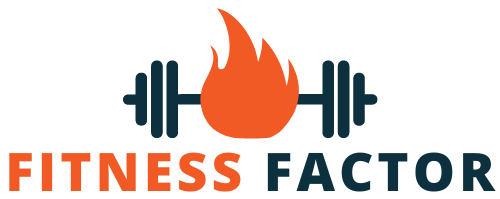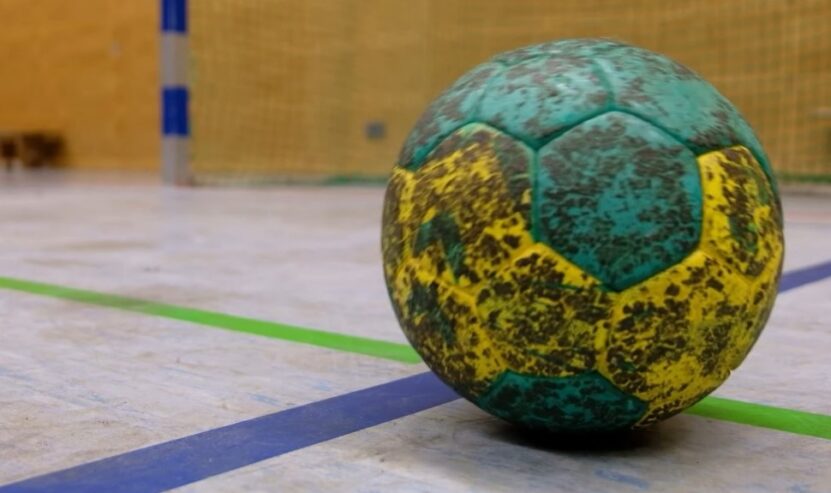If you’re here, you’re probably looking to get your head around this frenetic mix of soccer and basketball, which is widely known as handball. It is hugely popular in Europe and is slowly making waves across the globe.
If you’re ready to jump into a sport that’s all about speed, agility, and some good old-fashioned rough and tumble, then stick around. Let’s get started.
What Is Handball Anyway?
Imagine soccer and basketball had a baby – that’s handball for you. Played on a 20 by 40-meter court, this game involves shooting, dribbling, and passing a ball to score goals. Sounds simple? Think again.
Basic Rules and Structure
- Players: Each team fields seven players – six outfielders and one goalie.
- Court: The goal area, or crease, is off-limits to all except the goalie. You’ll want to remember this unless you enjoy penalties.
- Game Duration: Two halves, each lasting 30 minutes. Plenty of time to work up a sweat and possibly a few bruises.
- Ball Handling: Players can hold the ball for only three seconds or take three steps without passing or shooting. It’s a game of quick decisions.
Types of Throws
Handball has its own lingo. Here are a few terms you’ll need to get cozy with:
- Throw-offs: Used to start the game and after every goal.
- Throw-ins: When the ball goes out of bounds.
- Free-throws: Awarded for minor fouls.
- Penalties: Free-throws or suspensions for more serious infractions.
The Essentials for Getting Started
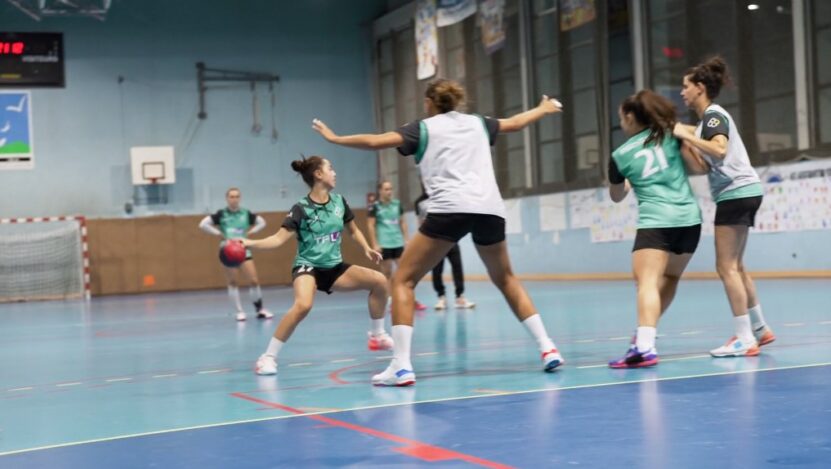
Alright, now that you know the basics, let’s get into what you need to do to start playing.
Gear Up
First things first, gear up. You’ll need:
- Handball: Make sure it’s the right size – men use a slightly larger ball than women.
- Court Shoes: Indoor, non-marking soles are essential.
- Protective Gear: Knee pads, especially for beginners who’ll find themselves on the floor more often than not.
Learn the Positions
There are seven players on the court, each with a specific role:
- Goalkeeper: The brave soul defending the goal.
- Fullbacks: Typically the tallest players, focusing on defense and mid-range shots.
- Wingers: Fast, agile players on the far sides of the court.
- Circle Runner (Pivot): Plays near the crease, blocking and setting up plays.
- Center: The playmaker, directing the offense.
Training Basics
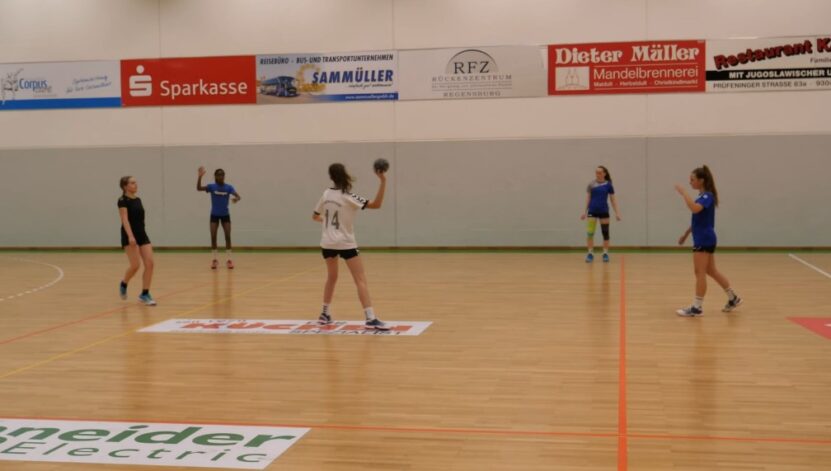
Now, let’s talk about training. You don’t just walk onto the court and become a handball legend.
Drills
Here are a few drills to get you started:
- Passing Drills: Practice quick passes with a partner. Remember, you’ve got three seconds.
- Dribbling: Focus on control and speed.
- Shooting: Aim for accuracy and power. Try different angles and distances.
- Defense: Work on blocking shots and staying on your toes.
Fitness
Handball demands a lot from your body as it is a very physical sport. I suggest you incorporate:
- Cardio: Running, cycling, anything to boost your stamina.
- Strength Training: Focus on your upper body and core.
- Agility Drills: Ladder drills, cone drills, anything to keep you light on your feet.
The Game & What to Expect
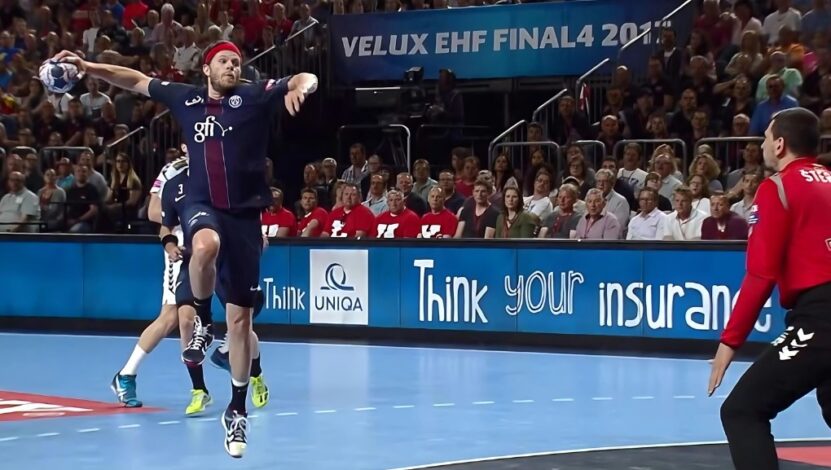
Let’s set the scene. You’re on the court, adrenaline pumping, trying to remember all the rules and drills.
Fast-Paced and Physical
Handball is fast. Blink, and you’ll miss something. It’s also physical. Expect bumps, knocks, and a few elbows. It’s all part of the fun.
Strategy
Despite the chaos, handball is deeply strategic. Teams work on coordinated plays, set up blocks, and execute precise passes. It’s a mental game as much as a physical one.
Penalties and Violations
Mess up, and you’ll face the wrath of the referees. Common violations include:
- Passive Play: Not making an effort to attack.
- Dangerous Actions: Anything reckless or harmful.
- Progressive Punishments: Warnings lead to suspensions, which can lead to disqualifications.
Health Benefits
Why put yourself through this? Because it’s good for you. Handball can:
- Boost Cardiovascular Health: All that running is great for your heart.
- Improve Muscle Strength: Particularly your arms and upper body.
- Enhance Agility and Flexibility: You’ll move like never before.
- Increase Mental Focus: Handball demands quick thinking and strategic play.
- Build Self-Confidence: Mastering this game is a huge confidence boost.
The Versions of Handball
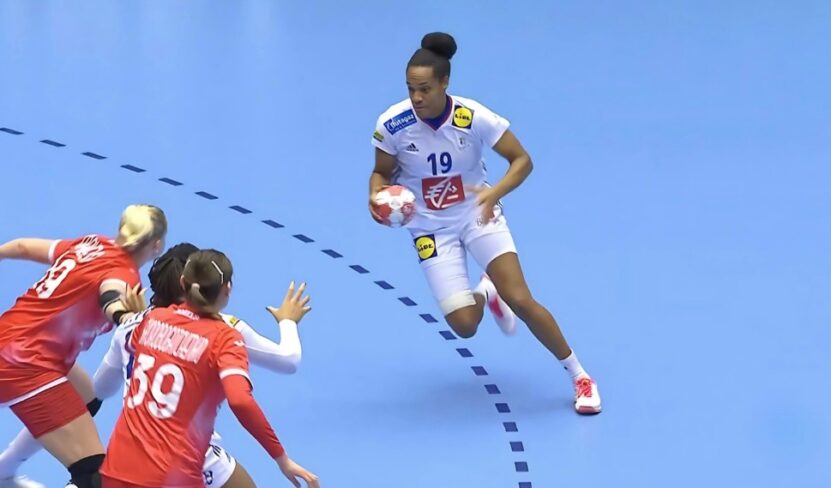
Think you know handball? Think again. The game has several versions.
European Handball
This is what we’ve been talking about. Played on a court with teams of seven.
American Handball
A whole different beast. Played with one, two, or four walls. It’s more about how the ball bounces before hitting a wall. Fast and furious.
Chinese Handball
Similar to American handball but with its own unique twists. Again, the focus is on ball bounce dynamics.
The Origins
Handball’s roots are deep in northern Europe. Denmark and Germany were early adopters. It made its Olympic debut for men in 1936 and for women in 1976. Today, handball is played in over 150 countries. It’s a global phenomenon, and you’re about to be a part of it.
Final Thoughts
So, you want to start playing handball? Good luck. It’s going to be intense, physically demanding, and sometimes downright painful. But if you stick with it, you’ll find a sport that’s exhilarating, rewarding, and a fantastic way to stay fit.
Handball is not just a game but a test of speed, agility, and strategy. From the basic rules to the intricate strategies, it’s a sport that demands everything you’ve got. So, grab a ball, find a court, and get playing.
Welcome to the world of handball. You’re going to love it. Or hate it. Maybe both. But you’ll never forget it.
